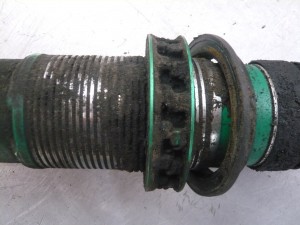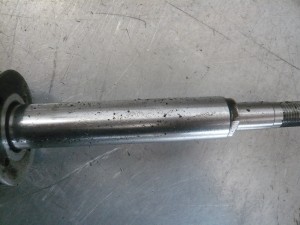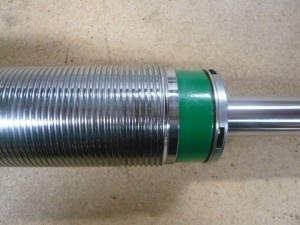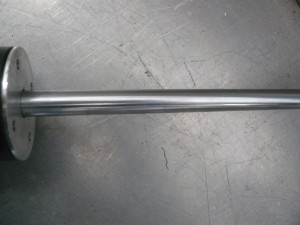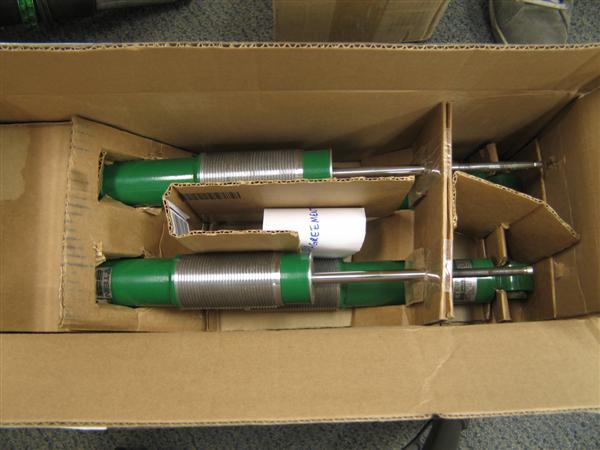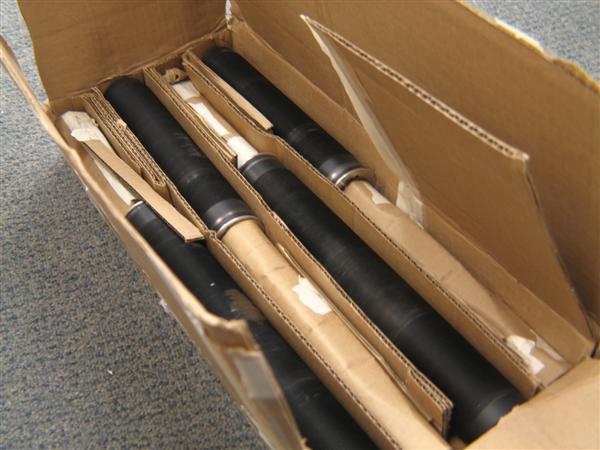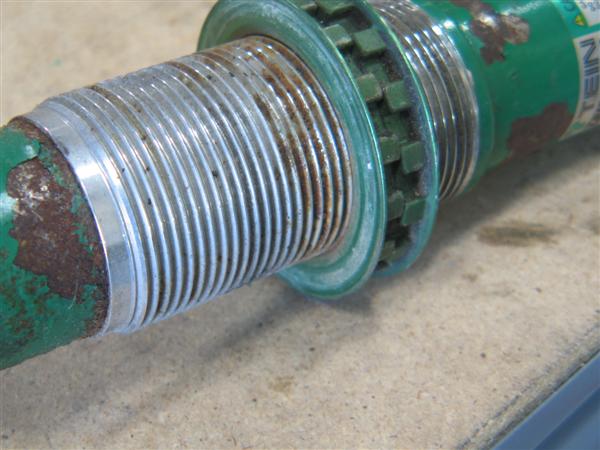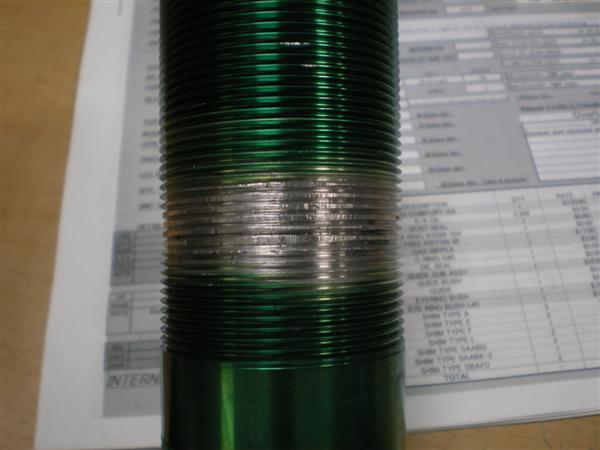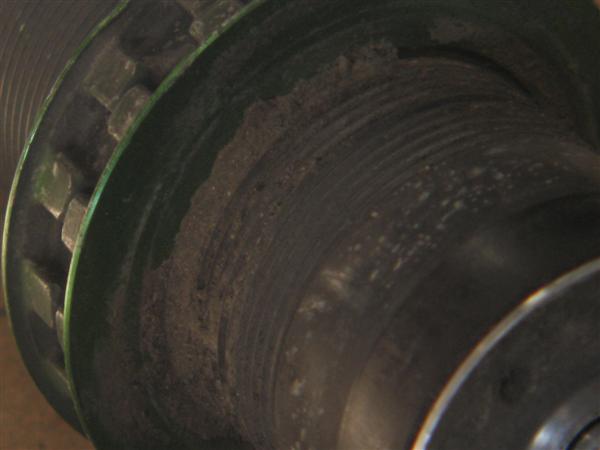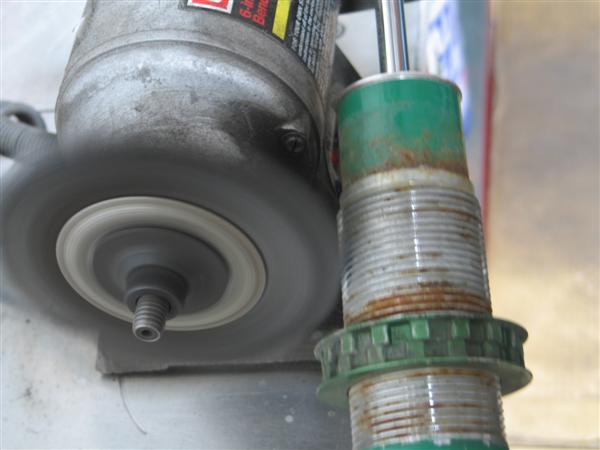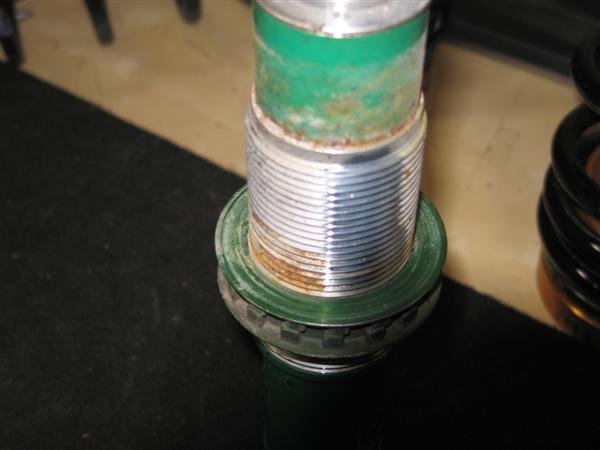Alright, so plenty of you may still have a lot of time on your hands due to being stuck at home due to COVID-19, even though our country seems to be opening up to business as usual. But still, it is forcing many “non-essential” (man, that really doesn’t sound nice) businesses to remain closed, and many of you without much to do.
This really has led to a lot of our customers taking the time to do some vehicle maintenance, which is great since we highly recommend you check your suspension.
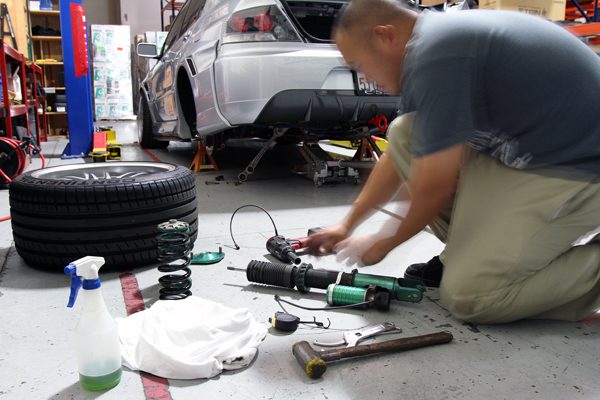
As we have mentioned in the past, we recommend periodic inspections of your coilovers. For customers in drier climates, typically twice a year is good. While areas in cold or very wet areas should inspect at least 4 times out of the year, or at least after the wet season.
Getting chance to fully disassemble your suspension would be great. This lets you get to all the individual components- bare shock absorber, spring seats/seat locks, springs, upper mount, dust boots, bump stops, eye ring bushings, pillowball mounts, etc. and give them a good cleaning, or replacement if necessary. Sounds like a lot of work, which it is. But for some of us, this can be a rewarding task and help keep your vehicle road-worthy.
With an adjustable suspension kit, so many movable/removable parts should be checked, like spring seats and seat locks- making sure they’re able to move freely on the threads and also finally torqued to specification. Making sure the threads on the damper bodies are clear of debris prevents the spring seats/seat locks from seizing in place. Some consumers believe that because we use aluminum spring seats/seat locks on a steel threaded body will lead to them seizing because they’re two dissimilar materials (galvanic corrosion). However, that is not the case. Our aluminum spring seats and seat locks are hard anodized (forming aluminum oxide on the surface), and our threaded damper bodies are either chrome plated (older models) or coated with our ZT coating (and based coated with zinc). This will prevent potential issues with galvanic corrosion. So, please check to make sure the threads of the damper body, as well as the spring seat/seat locks are clean. Lastly, a little bit of lubricant on the threads is actually important, not just to prevent seizing, but to allow proper torque application when tightening. Anything from a light distillate (WD-40 is very common and readily available), or even a little bit of oil, will work just fine.
Even with that said, wet/coastal areas, or areas with snowfall will require a bit more maintenance, and actual cleaning of threaded components, as salts can eat away at aluminum and steel, and even cause the metal surfaces to expand slightly causing seized seat locks. You can use car wash detergents to clean these threads, and dampers in general. Again, even WD-40, which will displace water and lightly lubricate components, works well (we’d just apply this after any type of cleaning you do).
Also, it’s a good time to check the overall condition of your coilovers coated (painted) surfaces and making sure there is no peeling, scratched off surfaces, etc. For our green powder paint, customers can touch up surface blemishes with spray paints that are commercially available (Krylon or Rustoleum enamel; Meadow Green paint color).
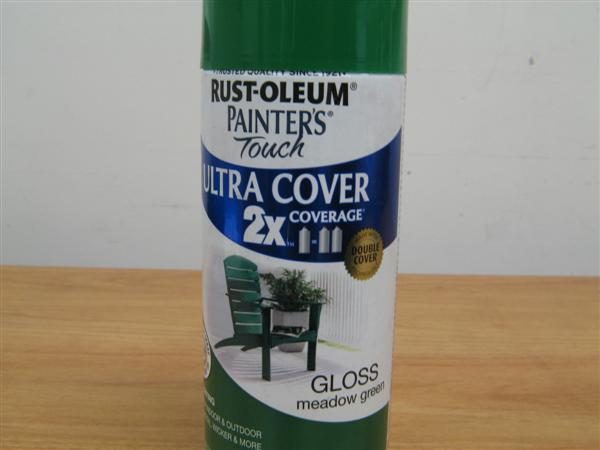
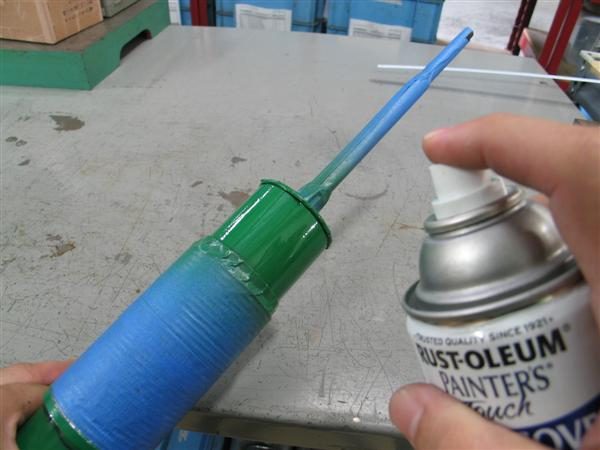
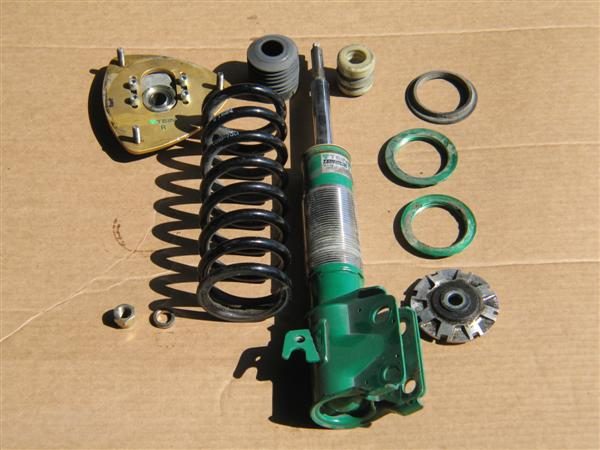
Lastly, and as a note for you TEIN suspension owners, if you need any assistance with your suspension or need replacement parts, or need the torque specifications for coilover kit, give us a call at 562-861-9161 Monday-Friday (9a-6p PST), or email us at tus_sales@tein.com. We’re open during this time, and we’ll do our best to help you out!

